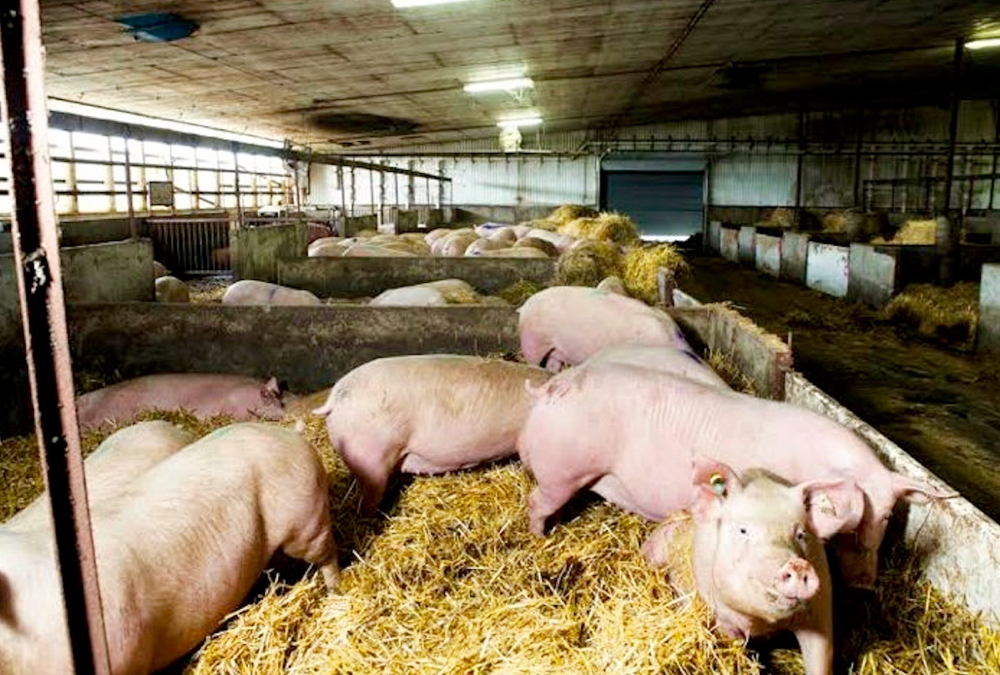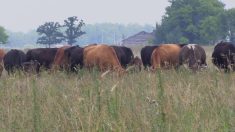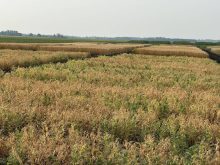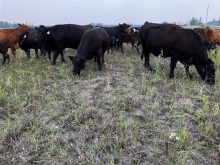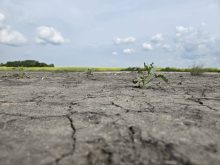The groundwater that supplies farms, homes, industries and cities is being depleted across the world and, in many places, faster now than in the past 40 years, according to a new study covered in a Jan. 24 article from the Winnipeg Free Press.
Manitoba had its own brush with low water supply in 2021. Drought conditions impacted availability for spraying, livestock, irrigation and human consumption.
At the time, the Manitoba Co-operator published a story entitled “Drought takes hold over Manitoba’s cattle markets.” The situation posed the following question: “How will this affect the gargantuan hog industry in Manitoba and its huge demands of water consumption?”
Read Also
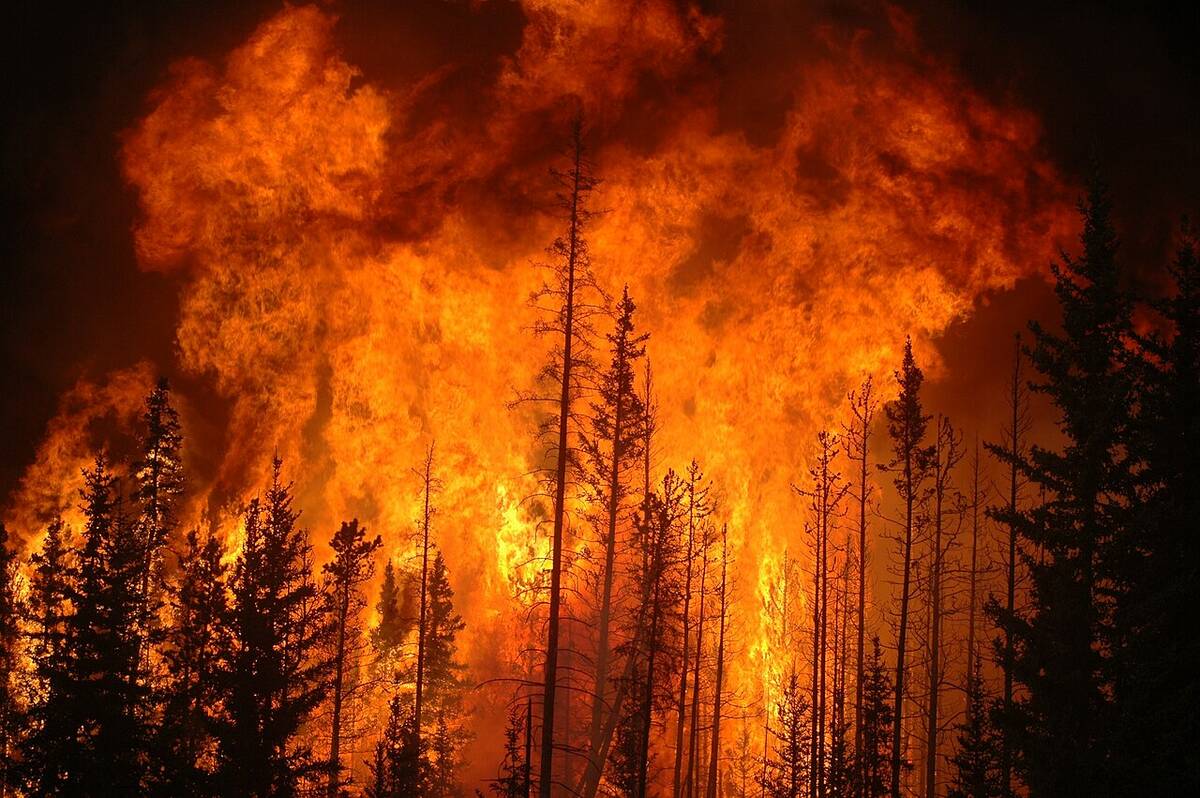
YEAR IN REVIEW: 2025 a year of weather extremes
Wildfires, drought and flash floods, oh my! Looking back at the year’s headline-grabbing events in Canada and around the world.
As a matter of fact, water usage estimates in swine production were introduced at the hearings by the Manitoba CEC (Clean Environment Commission) of 2007. Also, a 2001 study by DGH Engineering broke down the estimated water use by type of operation and function at 89.5 litres per sow per day.
Take the number of Manitoba sows (presently 378,000), multiply by 89.5 and multiply that by 365 to get a rough estimate of the volume of water used per year.
The water usage figures for hogs are astounding. It works out to 33,831,000 litres a day and a little under 12.35 billion litres a year, enough to fill more than 4,939 Olympic swimming pools.
The province’s Sustainable Development Act was in place from 1997 through to 2018. With the proper wording of “shall” in place, rather than “should,” the act would have been an extremely helpful source of legislation in regulating the uncontrolled expansion of the hog industry, appropriate care of the environment, addressing human health issues and the social effects of any proposals.



